
Human babies can be born with 'tails' – and it's not a cute quirk of evolution
How would you feel if you gave birth to a beautiful newborn, only to clock they have a tail? It sounds outlandish, but it can happen in very rare cases when humans can be born with these boneless rear-end appendages, which are sometimes up to 18 centimetres long. To date, official records have tallied about 40 babies born with these 'tails' which are easily removed through surgery. So how does it happen? Experts used to think the tails were evolutionary accidents, leftovers from our primate ancestors. Sign up to our free Indy100 weekly newsletter But thanks to research, experts have realised they probably come from an incomplete fusion of the spinal column, or what's known as a spinal dysraphism. Human babies that are born with tails tend to have serious associated neurological defects. In 2008, a paper argued that "true vestigial tails are not benign" because they may be associated with underlying dysraphism. Roughly half of the cases reviewed were associated with either meningocele or spina bifida occulta. So it is not just a harmless evolutionary quirk after all, but more research needs to be done, scientists say. Have your say in our news democracy. Click the upvote icon at the top of the page to help raise this article through the indy100 rankings.
2023-06-27 00:20
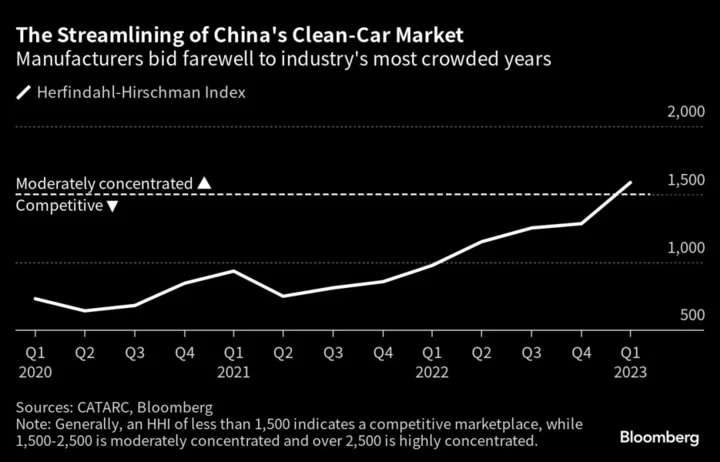
China’s Electric Vehicle Bubble Is Starting to Deflate
The world’s largest electric vehicle market is putting its crowded infancy stage behind it. The explosive industry in
2023-06-27 00:18

Here's how much each state will get in the $42.5 billion broadband infrastructure plan
The Biden administration on Monday outlined how states across the country will be receiving billions of dollars in federal funding for high-speed internet access, highlighting the US government's push to bring connectivity to more Americans and to close the digital divide.
2023-06-27 00:16

Former Apprentice star bares all in ‘world’s largest AI-generated billboard'
A man known for flying 4,000 miles to track down a thief who stole his AirPods is at it again – and this time, he’s baring all. With artificial intelligence technology on the rise, former Apprentice contestant, Lewis Ellis, is on a mission to find out if robots are going to come for our jobs. In a bizarre experiment, the 32-year-old, who is no stranger to unusual projects – having previously auctioned off his bum cheek for the highest bidder to choose a tattoo – he used ChatGPT to re-create an image for a billboard. And the result is hilarious. The giant billboard, featured at Victoria Warehouse in Lewis' hometown of Manchester, shows the entrepreneur stark naked – as a mermaid. Sign up to our free Indy100 weekly newsletter He used the famous Burt Reynolds Cosmo centre-fold for the main image and asked ChatGPT to “create the content”. ”Whatever it creates, that goes live,” Lewis says in a YouTube video. “I’m not sure if it’s is a good idea, I’m not sure if it’s going to be a complete waste of time but I guess we’ll find out.” Measuring in at 17.6m x 17.4 billboard, it is believed to be the second largest in Europe – however Lewis believes it is the “world’s largest AI-generated billboard. The Apprentice star photoshops his face and tattoos onto the nude Reynolds. The billboard went live at 9am on Wednesday (21 June) and… it’s definitely interesting. Lewis said: ”I was silly to assume that AI would pull it together for me – I won’t really have to do much. ”Turns out it's way harder than I thought. ”And it looks so bad.” The sorry-looking AI generated advert morphed the image of Lewis and Burt Reynolds into the sea creature. In the background, there is a cartoon drawing of a lighthouse and beach. The sign reads: “Feast your eyes on this tragic masterpiece. ”The world’s largest AI-generated billboard. ”AI is going to take over the world. ”That may be true… but it’s not going to be today.” The billboard ad is a recreation of his company, Hussel Marketing’s previous marketing campaign. Lewis took his inspiration for the experiment from the likes of McDonald's, Burger King and Subway, with the brands using ChatGPT for recent ads. To make it even harder, he gave himself just 24 hours to complete the challenge. The entrepreneur certainly isn’t shy in pushing the boundaries of what is possible and using technology to do so. In the past, he has shelled out £2,300 on flights, accommodation and food to fly 4,000 miles to track down his headphones, saying his mum describes him as “mental”. He told Jam Press: “We had no real plan but just hoped to find them again. “The fact you can track tiny headphones around the world is unbelievable. “I didn’t really expect to get them back and I joked that flying to Doha to get them is the pettiest thing I’ve ever done. “But it’s just great that we managed to find them – and now I don’t need to buy a new pair!” What does the marketing guru have up his sleeve next? It’s anyone’s guess. But one thing is certain – AI bots aren’t going to take over his job just yet. Have your say in our news democracy. Click the upvote icon at the top of the page to help raise this article through the indy100 rankings.
2023-06-26 23:29
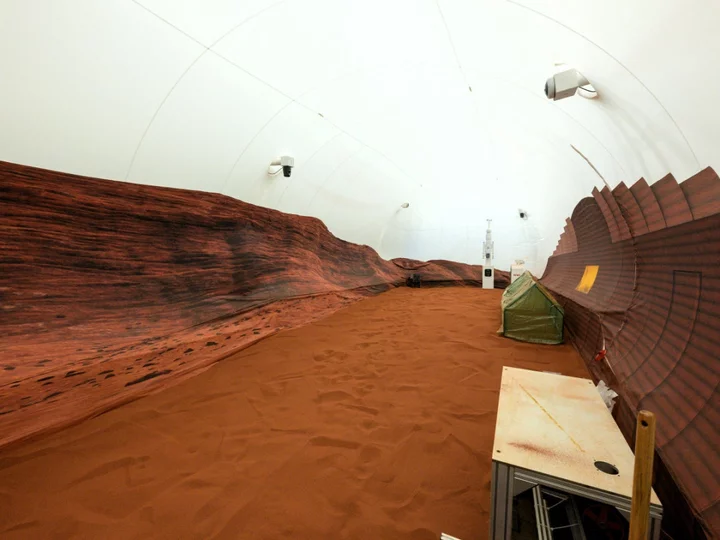
Nasa locks four people inside fake Mars habitat for year-long study
Four volunteers have entered a simulated Mars habitat as part of a year-long Nasa experiment to test astronauts’ resilience to isolation and other psychological stress factors. The CHAPEA (Crew Health and Performance Exploration Analog) mission will see the participants live and work in a 158-square-metre (1,700-square-foot) habitat at Nasa’s Johnson Space Center in Houston, Texas. It is the first of three one-year simulated Mars missions, which each aim to assess the health and performance of crew members when living in confinement with limited resources. Participants will take part in simulated spacewalks, science experiments and habitat maintenance, while also attempting to grow crops for food. “The simulation will allow us to collect cognitive and physical performance data to give us more insight into the potential impacts of long-duration missions to Mars on crew health and performance,” said Grace Douglas, CHAPEA principal investigator. “Ultimately, this information will help Nasa make informed decisions to design and plan for a successful human mission to Mars.” The four members of the CHAPEA mission are research scientist Kelly Haston, structural engineer Ross Brockwell, emergency medicine physician Nathan Jones and microbiologist Anca Selariu. Each were chosen after Nasa put out a call for “healthy, motivated” applicants in 2021. There have been several previous research projects involving simulated Mars habitats, with the Mars-500 missions between 2007 and 2011 seeing volunteers spend months locked inside a facility in Mosco, Russia. The HI-SEAS program in Hawaii also saw participants spend time living in isolation, though one mission lasted just four days after one of the crew members suffered an electric shock. Nasa plans to return humans to the Moon within the next three years as part of its Artemis missions, which the US space agency hopes to use as a foundation to eventually send astronauts to Mars. Private space firm SpaceX also plans to send people to Mars aboard its Starship rocket, which is currently under development at the company’s Starbase facility in Texas. SpaceX boss Elon Musk said a second attempt at an orbital flight test will be made before the end of August, after the first attempt in April ended in a large explosion just minutes after take off. The 480 million kilometre (300 million mile) journey to Mars is expected to take around seven months, with the planet’s orbit meaning that a travel window only opens up every 26 months. This means that any return mission would likely take close to four years to complete. Read More Elon Musk to launch biggest ever rocket after dramatic failure Elon Musk eyes ‘highly habitable’ planet that’s ‘practically next door’ Elon Musk eyes ‘highly habitable’ planet that’s ‘practically next door’ Apple releases urgent update to iPhone and iPad users Twitter hacker who took over Musk, Obama, Biden accounts gets prison sentence
2023-06-26 23:27

Just Drop In: How to Call Someone From Your Amazon Echo
Alexa isn't the only one you can talk to through your Echo device. You can
2023-06-26 23:26
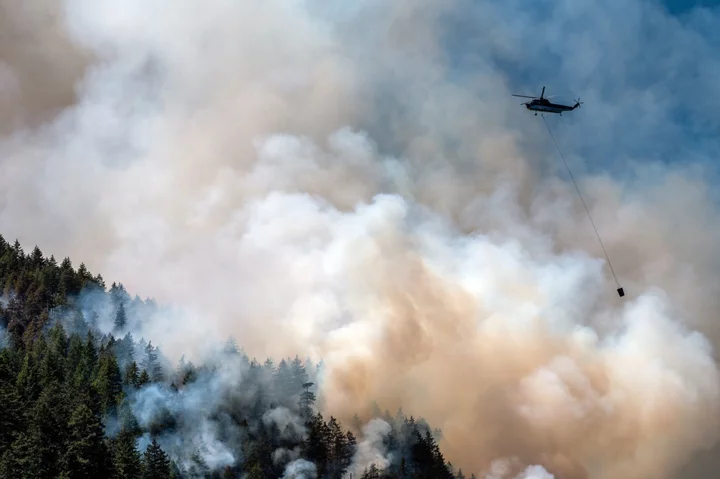
Canada Wildfire Smoke Crossed the Atlantic to Cover Parts of Europe
Smoke from wildfires in Canada has traveled over 2,000 miles across the Atlantic Ocean to cover the skies
2023-06-26 23:25
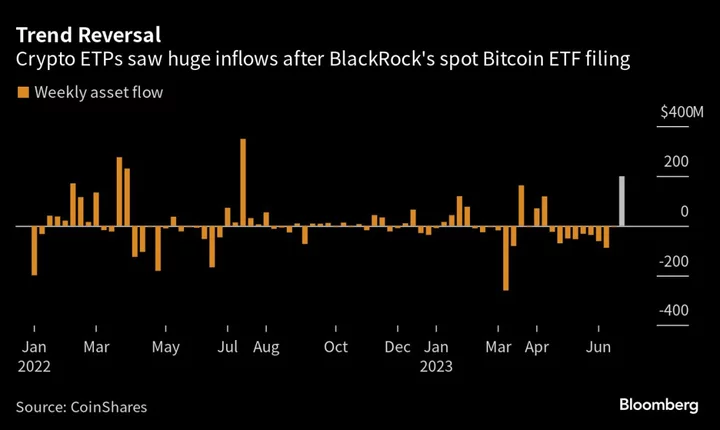
Digital Asset Inflows Highest in a Year After BlackRock’s Spot-Bitcoin ETF Filing
Digital-asset investment products added $199 million last week, the biggest weekly inflows in nearly a year, as a
2023-06-26 23:20
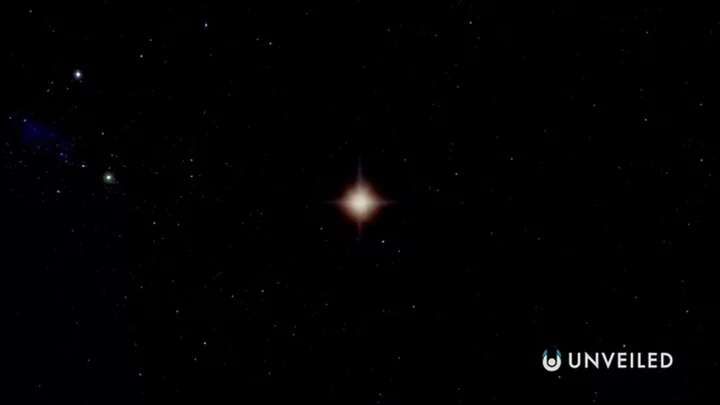
Scientists have solved a great mystery at the dawn of time itself
Many of us will never get our heads around the fact that scientists can actually look back in time. The power of telescopes enables us to study phenomena that occurred billions of years ago, and even gaze upon the dawn of creation itself. Now, astrophysicists have solved a great mystery at the heart of our universe's birth, when everything was shrouded in a dense fog. In four separate papers published in (or accepted into) The Astrophysical Journal, scientists at MIT, Japan’s Nagoya University, ETH Zurich and the University of Groningen in the Netherlands have shared some stunning insights into the period known as the Epoch of Reionisation. Sign up for our free Indy100 weekly newsletter Relatively little is known about this era, during which the thick fog engulfing the universe gradually cleared, allowing stars and galaxies to shine. However, fresh observations made using the James Webb Space Telescope (JWST) are beginning to pull back the curtain on it all. Now, scientists have finally figured out why one billion years after the Big Bang, that dense fog finally dispersed. First things first, what exactly is the Epoch of Reionisation? During the first billion years after the Big Bang, space was filled with a soupy mist of ionised gas which was impenetrable to light. As the gas began to cool, protons and electrons began to combine to form mostly neutral hydrogen atoms and some helium. These clumps of neutral hydrogen are then believed to have started forming stars, grouped into galaxies. This process reionised the gas but, because space had expanded by this point, the newly ionised hydrogen was diffuse enough to allow light to stream through, as Science Alert notes. A few million years later, the universe had become the transparent expanse with which we’re now familiar. To explain, here’s a look at what those four new papers reveal about why space became so much clearer. Paper 1 In the first study, researchers at the University of Groningen revealed that they had discovered crucial evidence of star formation during the Epoch of Reionisation. They found a specific wavelength of hydrogen, called hydrogen alpha, which is formed when a star is born and blasts out huge amounts of ionising ultraviolet radiation. Until now, no one was sure what produced all the ultraviolet light that emerged during the Epoch of Reionisation. But, thanks to their detection of hydrogen alpha, the Groningen team of astronomers that star formation had a “significant role in the process of reionisation”. Paper 2 Another paper, spearheaded by Japanese astrophysicist Daichi Kashino, added galaxies into the mix. According to Kashino and his international team, reionisation happened in “bubbles” around the plethora of newly-formed galaxies. They used JWST data to pinpoint these pockets and measure them precisely, identifying that they had a 2 million light-year radius around the tiny galaxies. Over the next hundred million years, the bubbles grew larger and larger, eventually merging and causing the entire universe to become transparent, according to an article published by NASA. Paper 3 A third group of researchers, led by ETH Zurich astrophysicist Jorryt Matthee, analysed the characteristics of these bubbles and found that the early galaxies they contained were hot, low in metals and dust and very active. He said they were “more chaotic” than those in the nearby universe, adding: "Webb shows they were actively forming stars and must have been shooting off many supernovae. They had quite an adventurous youth!” Paper 4 A fourth paper, led by MIT cosmologist Anna-Christina Eilers, focused its attention on the quasar galaxy at the centre of the JWST observations. This quasar is, according to NASA, an “extremely luminous active supermassive black hole that acts like an enormous flashlight”. Eilers and her team used data from the telescope to confirm that the black hole is the most massive currently known in the early universe, weighing 10 billion times the mass of the Sun. “We still can’t explain how quasars were able to grow so large so early in the history of the universe,” she said. “That’s another puzzle to solve!” Conclusion Well done if you’ve survived to the end – this is all pretty heavy-going. But the key point here is that before the JWST no one knew for sure what caused reionisation. Now, thanks to the mighty golden-eyed telescope, one of the great mysteries behind the birth of creation has finally been solved. Have your say in our news democracy. Click the upvote icon at the top of the page to help raise this article through the indy100 rankings.
2023-06-26 22:53

Texas Bakes and Breaks Records Amid Searing Heat: Weather Watch
Excessive heat warnings and heat advisories stretch from southern Arizona to the Florida Panhandle, covering most of Texas
2023-06-26 22:30

This Limited-Edition ‘Disney Villainous’ Board Game Lets You Play As Ursula, Maleficent, and More Classic Villains
Longtime fans of the ‘Disney Villainous’ board game might consider this a collectible.
2023-06-26 21:49

Sweden will have a city made of wood built in the next four years
Sweden is set to have the "world's largest wooden city" with plans for the development in Stockholm. Danish studio Henning Larsen and Swedish architecture firm White Arkitekter are the studios behind the design that will be constructed in the Sickla area of the city. It will use the largest amount of fire-proofed mass timber in a project of this kind with 7,000 office spaces and 2,000 homes, along with shops and restaurants being built. Sign up to our free Indy100 weekly newsletter This amount of wood will be used to cover the 250,000 square metre development to display the "serenity of a forest" and natural elements will also be part of the buildings. "We sought to create an urban environment infused with the serenity of a forest, resulting in a dense, open space that bears the distinctively minimalistic and functional aesthetic of Scandinavian design," Atrium Ljungberg told Dezeen. "The architects innovatively incorporated natural elements into the structures – for instance, green roofs for better insulation and large windows to let in natural light, embodying our vision of a city that thrives in harmony with nature." The environmental benefits of using this wooden material were noted too as it emits fewer emissions than concrete as well as a reduced climate impact during and after its construction. The project is planned to get underway in 2025, with the first buildings being completed two years later. Have your say in our news democracy. Click the upvote icon at the top of the page to help raise this article through the indy100 rankings.
2023-06-26 21:49
